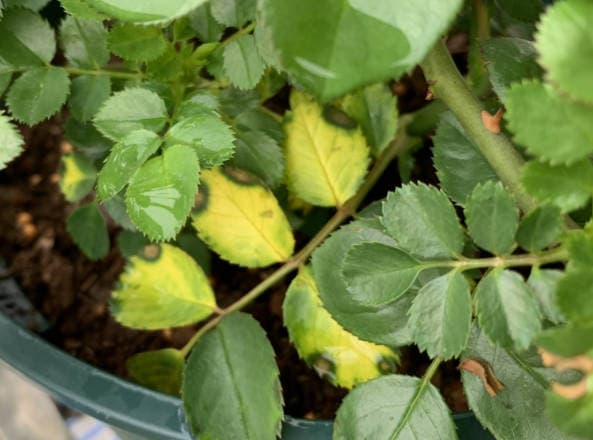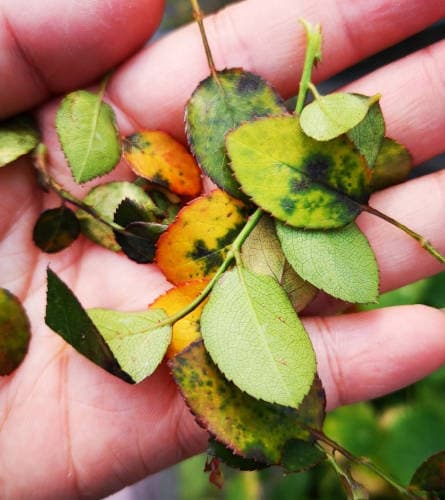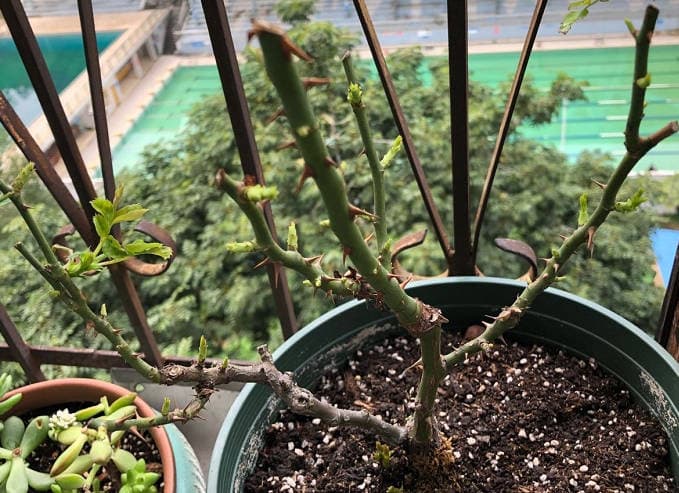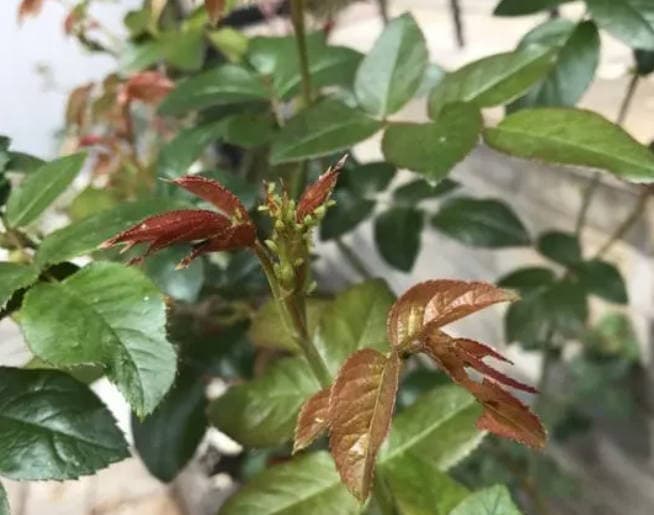Rose Leaves Turning Yellow? 3 Causes & Fixes (Spring 2025)
Recently, many gardening enthusiasts have reflected that rose plants frequently appear yellow leaves and accompanied by spots, a phenomenon that was rare in the spring of previous years, but this year it is a common occurrence. In response to this situation, we analyzed the following three main reasons and countermeasures.

The three main causes of yellow leaves in spring

1. Natural metabolic yellow leaves
Unlike the cold winters of previous years, last year’s winter was unusually warm. In Jiangsu and Zhejiang, for example, many rose plants did not even go through the normal dormant period of leaf fall, and some of them sprouted new buds early.

Due to the fluctuating temperatures in the spring, the new shoots grew slowly. After several months of environmental stress, the old leaves gradually age and photosynthesis efficiency decreases. At this time, the plant will actively eliminate these inefficient old leaves and prioritize the supply of nutrients to the new leaves for growth.
Solution:
- Regularly remove yellow leaves that are visibly aging
- Don’t worry too much, this is the natural renewal process of the plant.
2. Early outbreak of black spot

This year, black spot appeared significantly earlier than in previous years (usually rare in March in Jiangsu and Zhejiang). The warm winter resulted in increased overwintering survival of the pathogen, and the disease was still more severe than in previous years even after the rock sulfur synthate garden clearing treatment.
Identifying Characteristics:
- Circular black spots appear on leaf blades
- Yellowing around the spots
- Leads to leaf loss in severe cases
Control Program:
- Chemical control Spray broad-spectrum fungicides such as carbendazim or diclofenac.
- Spray with 500 times of alcohol or 200 times of vinegar.
- Daily management Remove diseased leaves in time and improve ventilation conditions.
3. Concealed drought
In rainy areas, frequent light rain on the surface often creates an “illusion of wetness”. In fact, the potting soil may only be wet on the surface, the middle and lower layers are still dry.
Judgment method:
- Sudden and massive yellowing of the plant’s leaves
- No black spot symptoms
- Finger test for moisture in the middle and lower layers of the soil
Prevention Suggestion:
- Regularly check the actual humidity of the soil
- Use the “soaking method” to ensure thorough watering
- Avoid relying solely on natural precipitation
Special tip: This year’s weather has been unusual, so it is advisable to strengthen daily monitoring and early detection and treatment. For roses grown on balconies, it is important to pay attention to ventilation and light management.
Professional advice: Set up a regular inspection system, at least once a week, to fully check the plants, including the front and back of the leaves, the humidity of the potting soil and the growth of new shoots.





